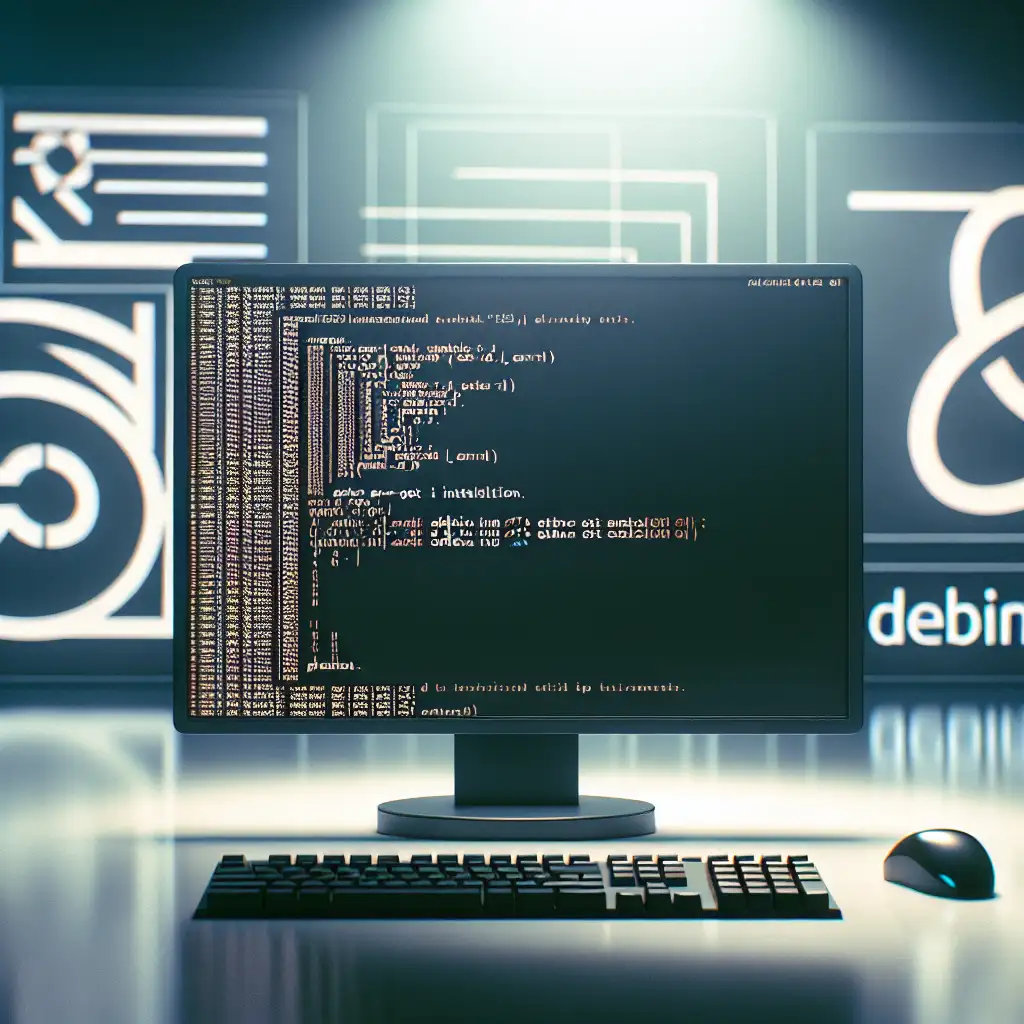Mastering apt-get Installation: Efficient Package Management on Debian-Based Systems
A handful of base container images and minimal system deployments skip the APT stack entirely. When apt-get is missing, package management breaks—and so do automation pipelines, security patching, and all routine admin practice. Sometimes, the recovery is less obvious than expected.
Absolute Minimum: Do You Even Have APT?
Drop into your shell and find out if apt-get is present:
which apt-get
or
apt-get --version
A missing binary, or:
bash: apt-get: command not found
means you’re starting from scratch.
Core System State: What’s Missing?
APT is not a monolith. If you’re in a chroot, netboot, rescue, or a severely stripped container, check for the foundations:
dpkg --version
No output? That’s a non-starter. You need to reintroduce both dpkg and apt—and possibly several base libraries.
Typical scenario:
/usr/bin/apt-getmissing/var/lib/dpkg/statusmissing or corrupt
Root cause: containers based on scratch or deeply minimized images (sometimes intentionally for attack surface reduction).
Manual APT Bootstrap Procedure
Prerequisite: Some way to place .deb files onto target. USB, scp, or a bind mount—pick what you have.
1. Download Essential Debs Off-box
Get these (with matching versions!):
| Package | Notes |
|---|---|
| apt | E.g., apt_2.2.4_amd64.deb |
| dpkg | E.g., dpkg_1.20.7.1_amd64.deb |
| libapt-pkg6.0 or equiv | Version must match selected apt build |
| libc6, libgcc-s1 ... | Dependencies, per output from dpkg install |
Use apt-rdepends apt on any existing Debian system to precompute closure.
2. Transfer Debs
Example directory layout:
~/offline-debs/
├─ apt_2.2.4_amd64.deb
├─ dpkg_1.20.7.1_amd64.deb
├─ libapt-pkg6.0_2.2.4_amd64.deb
...
Transfer these files to the target device.
3. Install Packages Using dpkg
Order matters. Begin with dpkg if missing, otherwise start with libraries:
sudo dpkg -i *.deb
Watch for output like:
dpkg: dependency problems prevent configuration of apt:
apt depends on libapt-pkg6.0 (>= 2.2.4); however:
Package libapt-pkg6.0 is not installed.
Iterate: download any reported dependencies, transfer, and re-run. No shortcut here; doing smart dependency walking is tedious and prone to version mismatches.
Note: If you see
dpkg: error processing archive ... (--install): package architecture (amd64) does not match system (armhf)
you pulled the wrong package flavor.
4. Minimal Sources List
Without /etc/apt/sources.list, apt-get update will fail:
sudo nano /etc/apt/sources.list
Minimal, vanilla Debian 11 (Bullseye):
deb http://deb.debian.org/debian bullseye main
deb http://security.debian.org/debian-security bullseye-security main
Tip: Omit contrib non-free unless actually needed—keeps audit trails lean, avoids accidental license drift.
Check: Does apt-get Work?
You want output from:
apt-get --version
Sample:
apt 2.2.4 (amd64)
Now, try updating indexes (expect to see real traffic):
sudo apt-get update
Common problem case: Behind a proxy, you’ll hit timeouts. Configure proxy using:
echo 'Acquire::http::Proxy "http://proxy:port/";' | sudo tee /etc/apt/apt.conf.d/01proxy
Sanity Test: Install a Real Package
Classic test:
sudo apt-get install htop -y
Watch for:
- Fetch from correct archive URLs
- Successful unpack/configure lines
- No "broken packages" errors
Debugging and Recovery
-
Unmet dependencies: After initial dpkg phase, use:
sudo apt-get -f installto trigger dependency resolution—often fixes a tangled bootstrap, assuming sources are configured.
-
Hash sum mismatch / signature failure: Mostly proxy or repo inconsistency. Run
apt-get clean, check that/etc/apt/trusted.gpgis present and up-to-date. -
Architecture mismatch: Sometimes, especially in cross-compiled environments or chroots, you’ve downloaded the wrong
.debvariants.
Non-Obvious Issues
- Rescue images: Official Debian live rescue ISOs sometimes omit APT for size—require you to loop-mount or chroot in an installed system’s root before repair.
- Docker and minimal VMs: Alpine uses
apk; Ubuntu base usesapt; Ubuntu minimal cloud images might only includeaptand omit many options. Don’t assume uniformity. - Damaged
/var/lib/dpkg/status: Recover with backups if present, or rebuild usingdpkg --clear-avail; apt-get update(risky, not always successful). - Custom mirrors: GPG key mismatches are common when using internal or ephemeral repos. Always import the repo public key with
apt-key add.
Takeaways
Rebuilding a working APT environment on a minimal Debian-based host is entirely possible, but requires attention to exact package versions, careful dependency crunching, and explicit source configuration. It’s not fragile, but it is manual—and most automation or IaC tools will expect apt-get to just work.
Long-term: If deploying stripped-down images, integrate and test your APT recovery workflow early (CI/CD recommended). Build custom base images with only truly essential packages removed—removing APT entirely is rarely worth the pain unless security or disk usage requirements absolutely dictate.
For edge cases, consider alternative bootstrapping (e.g., static binaries, Nix, or container-native tools) rather than fighting apt from absolute zero.
Known issue: Some hardened containers still block outbound traffic even after apt-get repair. Validate firewall rules or cloud policy before digging into apt configs.
Practicality, not perfection. That’s the way forward with Debian-based package management repair.
